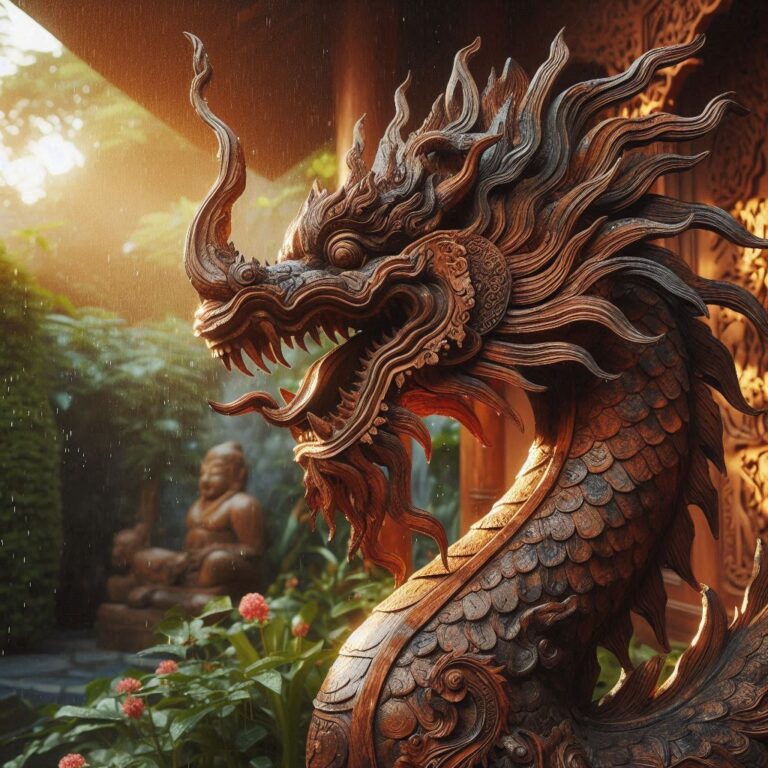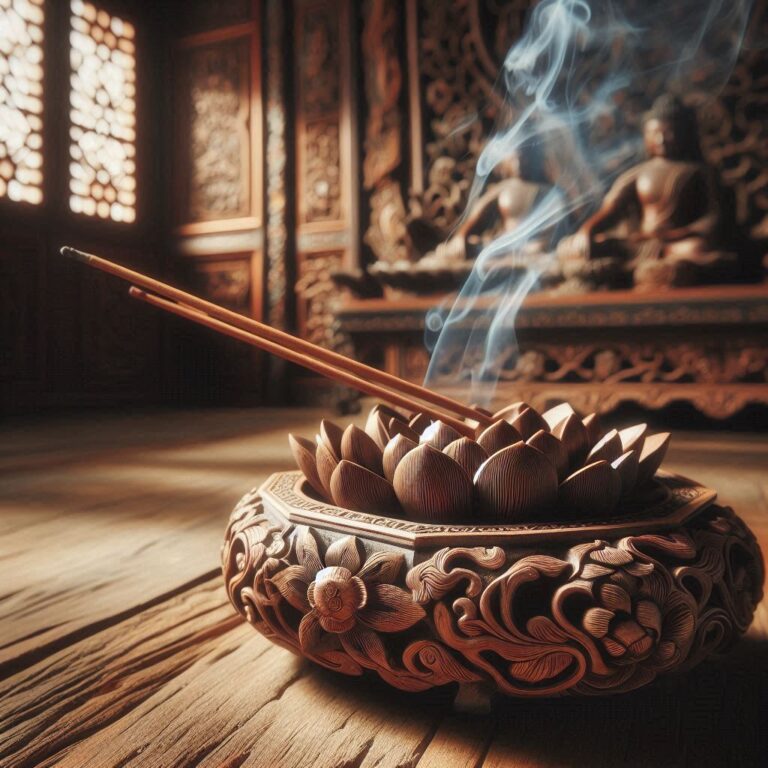Top 5 Oriental Woods for Flawless Carving: Expert Picks to Elevate Your Craft
Discover the Secret to Choosing Durable, Beautiful Woods Like Teak & Mahogany—Perfect for Beginners and Pros Alike!
Introduction
What makes Oriental wood the top choice for master carvers across centuries? From the golden hues of teak to the aromatic allure of sandalwood, these woods are revered for their unparalleled beauty and resilience. But with so many options, how do you pick the best Oriental wood for intricate carvings? In this guide, we’ll unveil the top woods prized by artisans, their unique properties, and expert tips to avoid pitfalls like cracking or warping. Whether you’re crafting a delicate figurine or a robust outdoor sculpture, you’ll learn how to source affordable teak wood near you, preserve delicate grains, and master techniques for stunning results. By the end, you’ll unlock secrets to making carvings last generations. Let’s carve into the details!
Best Oriental Wood for Carving
The best Oriental wood for carving is often considered to be teak due to its durability and fine grain. Other popular options include rosewood and mahogany, known for their beauty and workability. Oriental woods have a rich history in art and craftsmanship, particularly in cultures that value intricate designs. Carving these woods requires skill and precision, as they can showcase stunning patterns and colors. Teak, with its natural oils, resists moisture and decay, making it ideal for outdoor sculptures.
Rosewood is prized for its deep hues and smooth finish, while mahogany offers a balance of strength and elegance. Each type of wood brings unique characteristics, making the choice crucial for artisans. Selecting the right wood enhances not only the aesthetics but also the longevity of the carved pieces.
Introduction to Oriental Wood Carving
Oriental wood carving is a beautiful and ancient art form. It showcases intricate designs and skilled craftsmanship. Artists use various types of wood, each with unique qualities. This craft has deep cultural significance in many Asian countries. Understanding the wood types enhances appreciation for this art.
The Art and Tradition
Wood carving in Oriental cultures has a rich history. It reflects beliefs, traditions, and local stories. Key points include:
- Ancient Roots: Many techniques date back centuries.
- Symbolism: Designs often represent cultural meanings.
- Tools: Traditional tools are still used today.
- Techniques: Carving methods vary by region.
Artisans pass skills through generations, keeping traditions alive. Each piece tells a story, connecting past and present.

Why Choose Oriental Wood
Choosing the right wood is essential for carving. Oriental woods offer unique benefits:
|
Wood Type |
Properties |
Common Uses |
|
Bamboo |
Lightweight, flexible |
Statues, small items |
|
Teak |
Durable, water-resistant |
Furniture, large sculptures |
|
Mahogany |
Rich color, smooth grain |
Decorative pieces |
|
Sandalwood |
Fragrant, soft |
Religious artifacts |
Each wood type brings its own beauty. Artists choose based on project needs. Quality wood enhances durability and aesthetics.
Types of Oriental Wood
Oriental wood offers unique options for carving. Each type has distinct characteristics.
Characteristics and Origins
Popular types include:
- Teak: Rich golden-brown, moisture-resistant.
- Bamboo: Fast-growing, lightweight, beautiful grain.
- Sandalwood: Aromatic, dense, smooth.
- Mahogany: Reddish-brown, excellent workability.
Comparing Hardness and Durability
|
Wood Type |
Hardness (Janka Scale) |
Durability |
|
Teak |
1,155 |
Very Durable |
|
Bamboo |
1,380 |
Highly Durable |
|
Sandalwood |
1,000 |
Durable |
|
Mahogany |
1,100 |
Moderately Durable |

Top Choices for Carvers
Teak: The Timeless Favorite
- Durability: Resists moisture, insects, and decay.
- Workability: Carves smoothly for detailed designs.
- Aesthetic Appeal: Rich golden hue.
Cherry Wood: Fine Texture and Detail
- Ease of Carving: Soft and easy to shape.
- Beautiful Finish: Develops a rich patina over time.
- Stable Grain: Holds intricate details without splitting.
Uncommon Yet Worthy Woods
Gingko: Ancient and Resilient
- Resists decay and pests.
- Unique grain pattern for striking visuals.
Paulownia: Lightweight and Versatile
- Eco-friendly and sustainable.
- Perfect for quick, high-quality projects.
Preparing Wood for Carving
Selecting the Perfect Piece
- Prioritize grain pattern, moisture content, and wood type.
Pre-Treatment and Care
- Clean and sand the surface.
- Apply oil or wax for protection.
- Store in a cool, dry place.
Carving Techniques for Oriental Wood
Tools of the Trade
- Chisels, gouges, knives, V-tools, and mallets.
Mastering the Art of Detail
- Study the wood grain.
- Plan designs in advance.
- Work slowly for precision.
Finishing and Preservation
- Sealing: Use oil, water-based finishes, or lacquer.
- Maintenance: Dust regularly, avoid sunlight, reapply finishes.
Inspirational Projects and Ideas
- Sculptures, functional art, decorative panels, and jewelry boxes.
FAQ
- Best wood for beginners?Basswood or bamboo.
- How to fix warped carvings?Rehydrate and clamp the piece.

